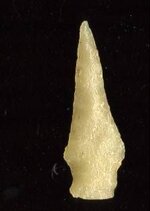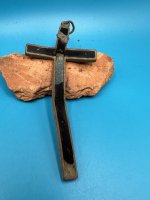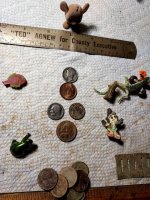Cannonman17
Bronze Member
Matt- I would like to discuss the waubesa/dickson relationship more- did you say you thought the dickson points were older but not as old as the stemmed varieties?
And.. here's a point/blade I found that has been resharpened a number of times.. make from Hixton, the quarry is about 80 miles or so from here... I know it's damaged and all but what do you think this was and what do you think it might have looked like originally? As it is now it's still a good sized piece at a little over three inches.
And.. here's a point/blade I found that has been resharpened a number of times.. make from Hixton, the quarry is about 80 miles or so from here... I know it's damaged and all but what do you think this was and what do you think it might have looked like originally? As it is now it's still a good sized piece at a little over three inches.
Attachments
Upvote
0





